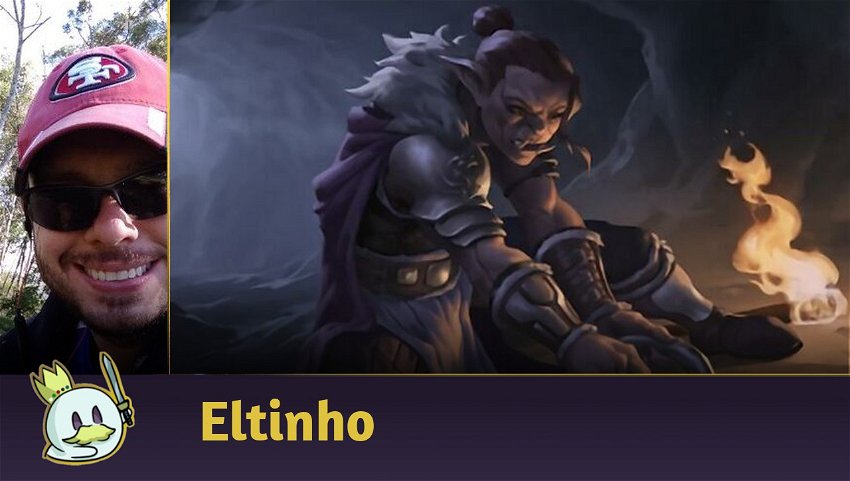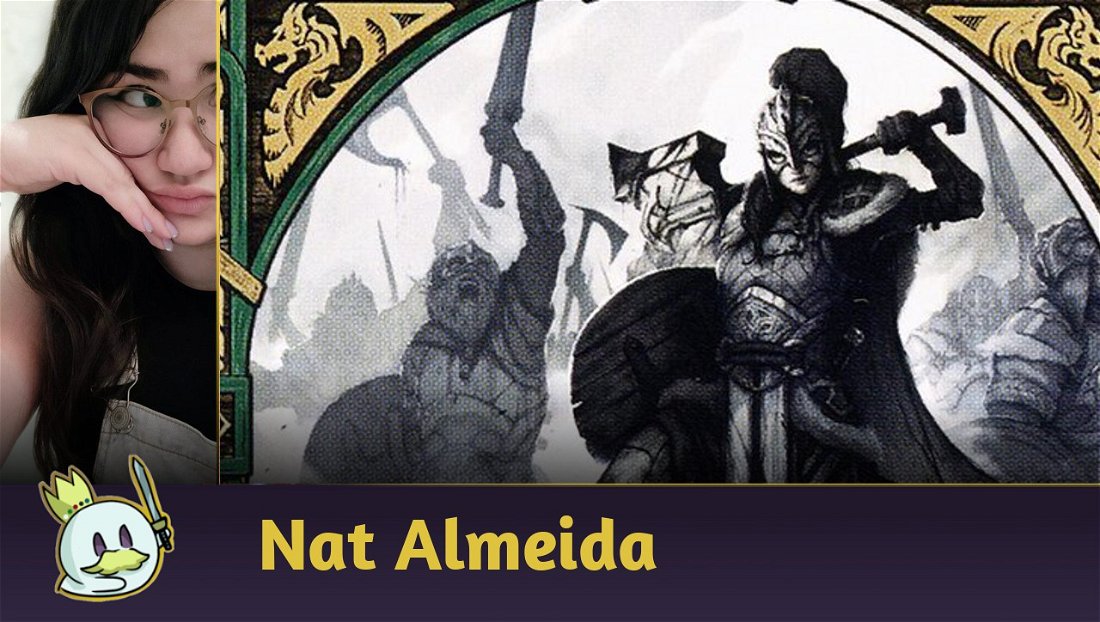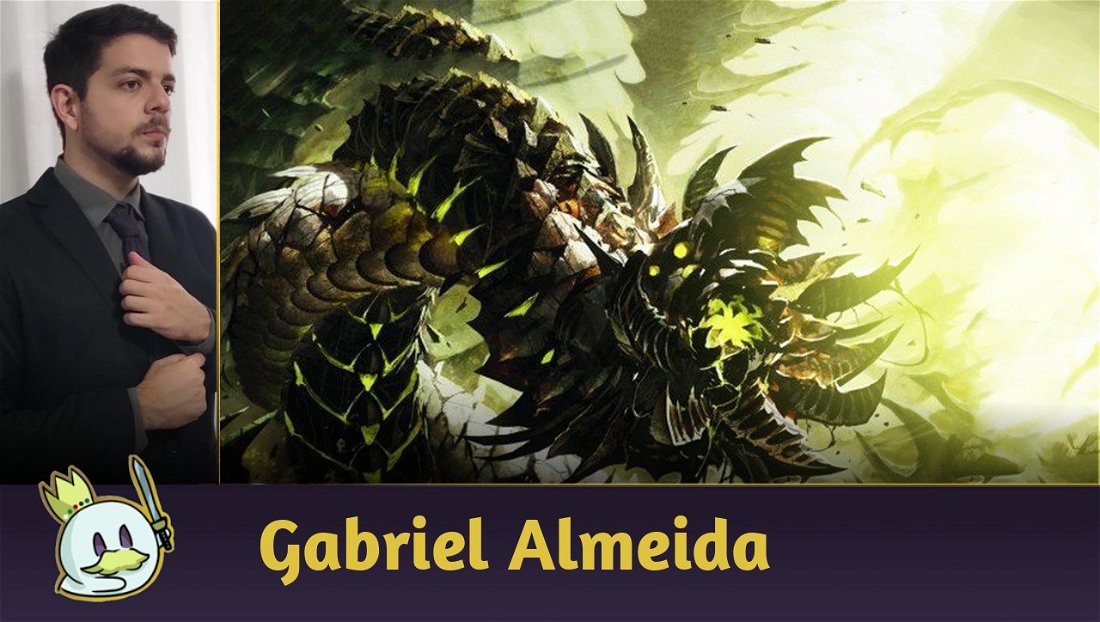This week we had a surprise bans and restricted update in Legacy! I was there thinking about what to write in the next article, then Wizards announced major changes to the format.
Back in December, I wrote about thoughts I had at the time about the health of the format, and I confess that I underestimated the impact that White Initiative would have.
Well, a few months have passed since then and the format has devolved into a basically two-deck Meta, in a situation that wasn't finding self-correction from players and Wizards was forced to intervene.
The Bans

On March 6, 2023, effective immediately, Wizards banned Expressive Iteration and White Plume Adventurer from Legacy. The justification given was that the two archetypes have a combined presence of nearly 30% in some competitive scene, so they decided to ban a card from each deck to reduce their respective win rates and Metagame participation.
The choice on banning the Izzet spell was that, in addition to removing a generally strong card, they hope that by banning Expressive Iteration, they will bolster Izzet Delver's historic strengths (efficient one-on-one trades) and weaknesses (lack of card quantity sources) in a way that leaves the deck more vulnerable in the Metagame.
As for White Plume Adventurer, the justification was that the current second most popular deck uses fast mana to speed up an Initiative creature, gaining a huge advantage which is hard to overcome. To reduce the consistency and speed of this play pattern, they chose to ban the efficient three-mana Initiative creature, White Plume Adventurer.
Expected Consequences

Bans in Magic usually have three outcomes:
- Poorly effective: the deck is slightly affected and remains strong in the Metagame, usually requiring a new round of bans (e.g. banning Bridge from Below from Hogaak in Modern);
- Weakening: the deck loses a lot of strength, seeks adaptations, falls in Meta tiers, but remains a viable option in the format (banning Sensei's Divining Top, which affected UW Miracles, which was before one of the strongest decks in Legacy, and today is a reasonable control option);
- Obliteration: The deck is based on a key card that is no longer legal (banning Flash or Survival of the Fittest).
What will we see in this round of bans?

Delver is practically the king of ineffective bans. My opinion is that it will continue to follow at the top of the Metagame. It's a more offbeat situation than the most famous episodes: some new Delver toy takes one for the team (Deathrite Shaman, Dreadhorde Arcanist, Lurrus of the Dream-Den and, on a scale split with other archetypes, Wrenn and Six and Oko, Thief of Crowns), but the skeleton of Brainstorm + Ponder + Force of Will + Daze + Wasteland + some good value fellow will carry the deck on top for one more cycle.
There is still no consensus on whether the new lists will continue with Predict in place of the banned Iteration, whether they will migrate to any of the new 2-mana value-generating creatures (Mercurial Spelldancer, Ledger Shredder or Third Path Iconoclast), whether they're going back to 3-color versions or if they're going to opt for a mix of everything everywhere at once!

The White Initiative seems to me to be a victim of the second case – White Plume Adventurer is the only 3-mana card with the ability to enter Undercity and that is a big difference, as in Legacy it is relatively easy to cast it on the first or second turn.
Without it, a mono white list only has one other realistic trigger, Seasoned Dungeoneer – 5 mana is out of the format's standards. So, there are two options for the deck: follow the path of Red Prison and play with only one Initiative creature (Caves of Chaos Adventurer) or try to adapt into a strategy leaned towards the other mono white deck of the format, Death and Taxes; or look for a second color and trade consistency for more explosion.
Either way, the deck will have to go through that period of refinement in the lists, which fatally drops its win rate until a consensus begins to emerge among players on the best path to take.
Metagame Reactions
In the early post-ban moments, one would expect the White Initiative's popularity to drop significantly and to see a slight retreat in Delver lists.
With that, the most likely thing is that the decks that were being oppressed out of by the white deck, especially the various Control of the format, will have an ascent and that decks that were gaining space by having an advantage over it, such as Elves or Doomsday, will suffer as the format evolves.
On the other hand, even a small reduction in Delver's strength ends up being seen as an invitation to the format's various Combo decks to become more greedy, so it should be normal to see an increase in decks that struggled to deal with Chalice of the Void and Daze.

Winners
Blue Control: whether the base UW ones – Miracles, Bant, Jeskai, Stoneblade, 4CC – or the Dimir-based ones – Grixis, Death's Shadow, Czech Pile –, these decks were poorly prepared to regain control of Undercity, now they take the initiative (pun intended!) to gain space in the new format.
As they have enough tools to hold combo decks that should be encouraged to appear, the prospect is very positive for these archetypes.
Red Prison: an archetype that ended up being sidelined as White Initiative turned out to be the best “Stompy” of the format. The matchup against its white counterpart was terrible, and there is a tendency for more greedy manabases to appear in the format, a full plate for Blood Moon.
Death and Taxes: formerly the format's Aggro-Disruption deck, DnT's spot was usurped by the White Initiative. Now that Initiative took a hit, some players interested in this strategy should migrate to this archetype.
8-Cast: The deck had trouble focusing on the 2 decks it hit - lists that were better against Delver suffered against White Initiative and vice versa. Now, they can get back more to its original plan without having to split attention.

Stable
Combos: The most greedy and consequently most vulnerable lists to Force of Will and Daze will welcome a reduction in Delver, but this is a momentary situation.
In these early post-ban days I've seen an increase in Reanimator, Cephalid Breakfast, Painter, and Sneak n' Show. But these decks had a good matchup against White Initiative, and it's only a matter of time before Delver returns to the isolated top of the format.
Lands: on one hand, this one didn't have the tools to fight for the Initiative, so Lands greatly welcomes these bans. On the other hand, a reduction, at least initially, in Delver's population and an increase in combo decks ends up offsetting its plans to rise to the top.
Delver: The deck will experience a period of instability until the lists start to converge again, but it will no longer have to deal with a sea of Undercity, and can focus on beating the blue decks again.

Losers
White Initiative: the deck as it existed should not remain, and there are many doubts about which path to take. As the mechanic has proven to be quite strong, players will try to make any list work – RG, RW, GW, Monored, other colors perhaps? But it will be a hard road to get to a working list.
Elves: the deck was rising in presence for presenting good results against the two decks that were banned, now it will have to adapt to the new format and an increase in Control isn't good news for the little green men.
Aggro and Tribal Decks: a consequence of the return of Control inhibited by White Initiative must be the drop in production of aggressive and/or Tribal decks such as Goblins, Burn, Slivers, Merfolks, Maverick, Jund Madness and the like.
Conclusion
The bans were expected and came at a time when a format often as diverse as Legacy was starting to narrow down into two archetypes. Again, Delver is relatively unscathed, but this is a reality that Legacy players have learned to accept.
Either way, the deck should give the others a breather in the coming weeks and there's plenty of prospect for diversity in other decks, including Initiative decks. Let's see if this exercise in futurology will come to fruition.
See you next time!














— 评论 0
, 反应 1
成为第一个发表评论的人